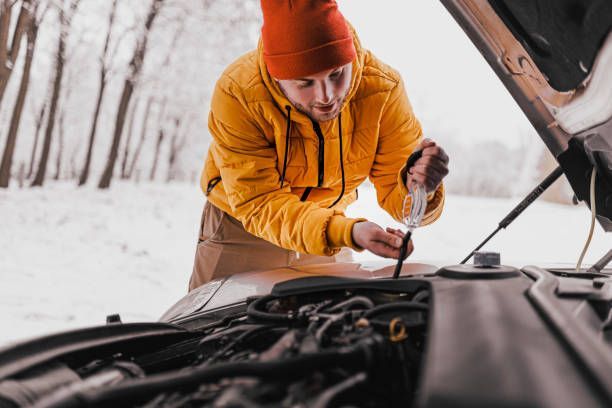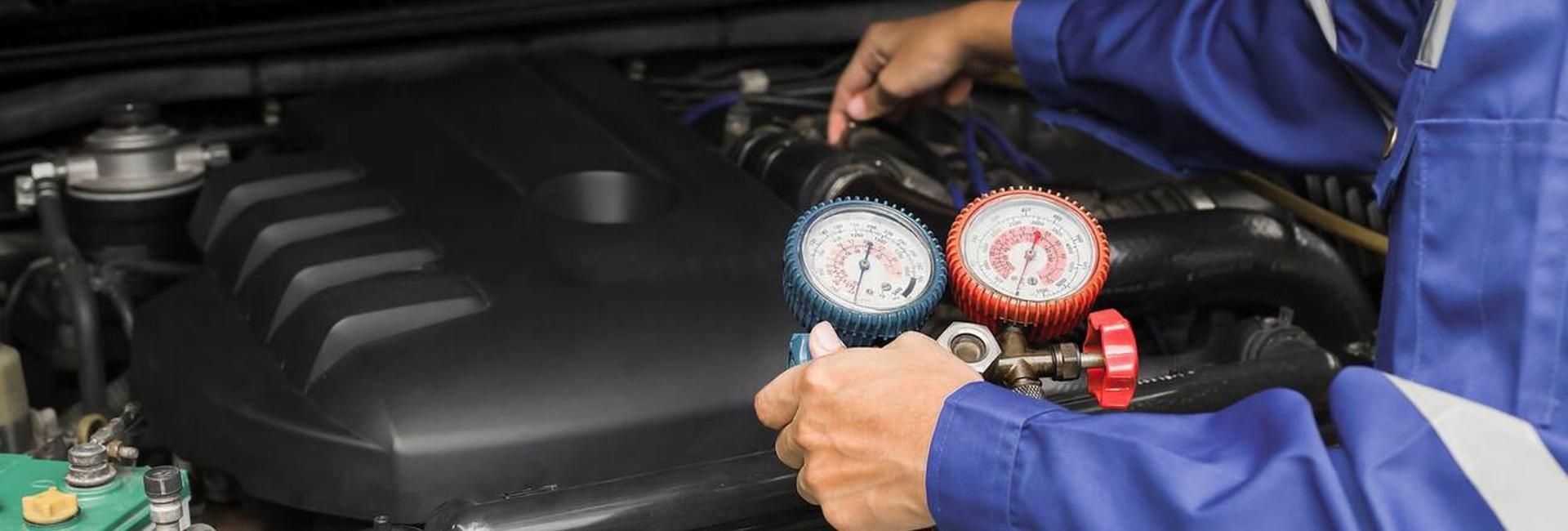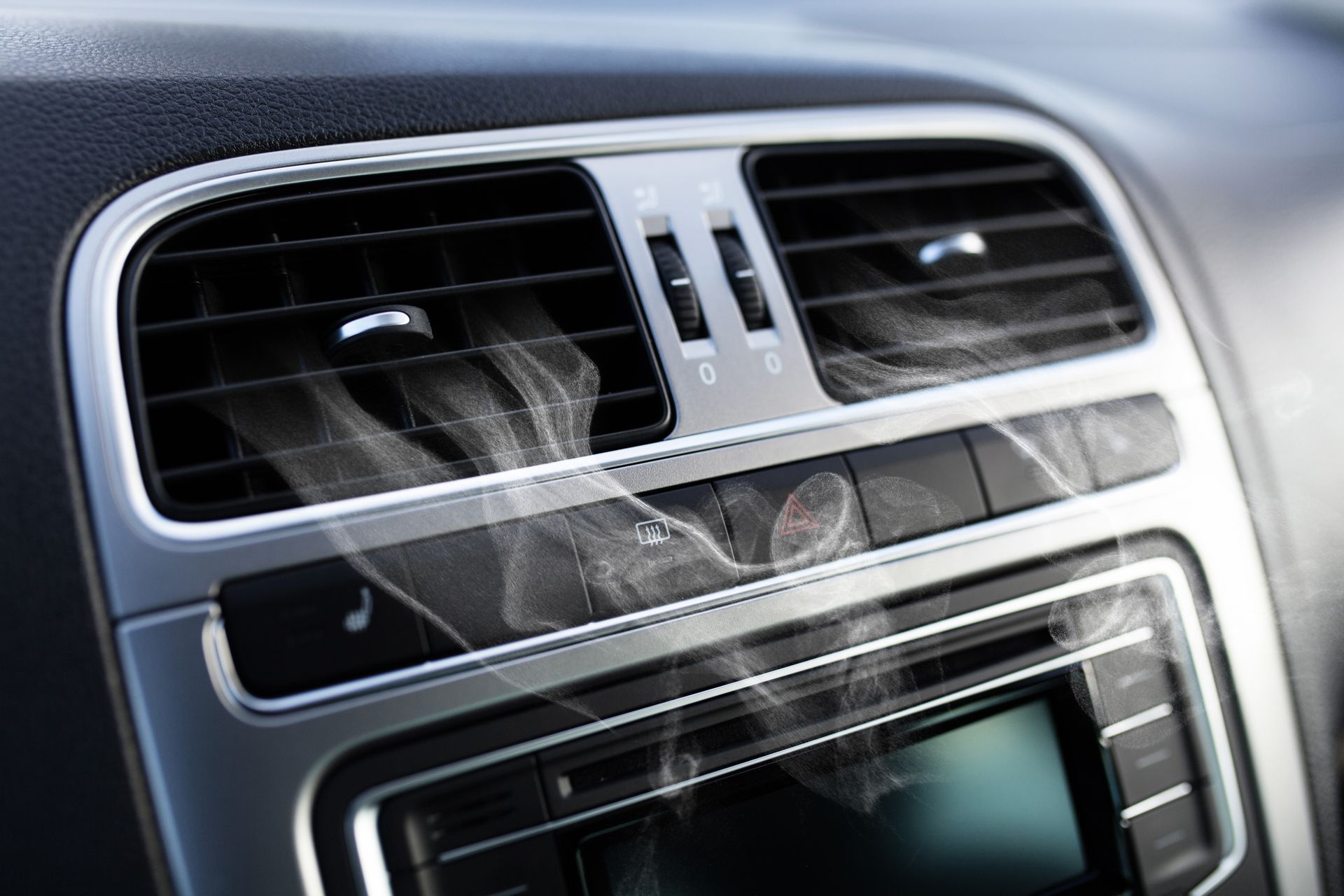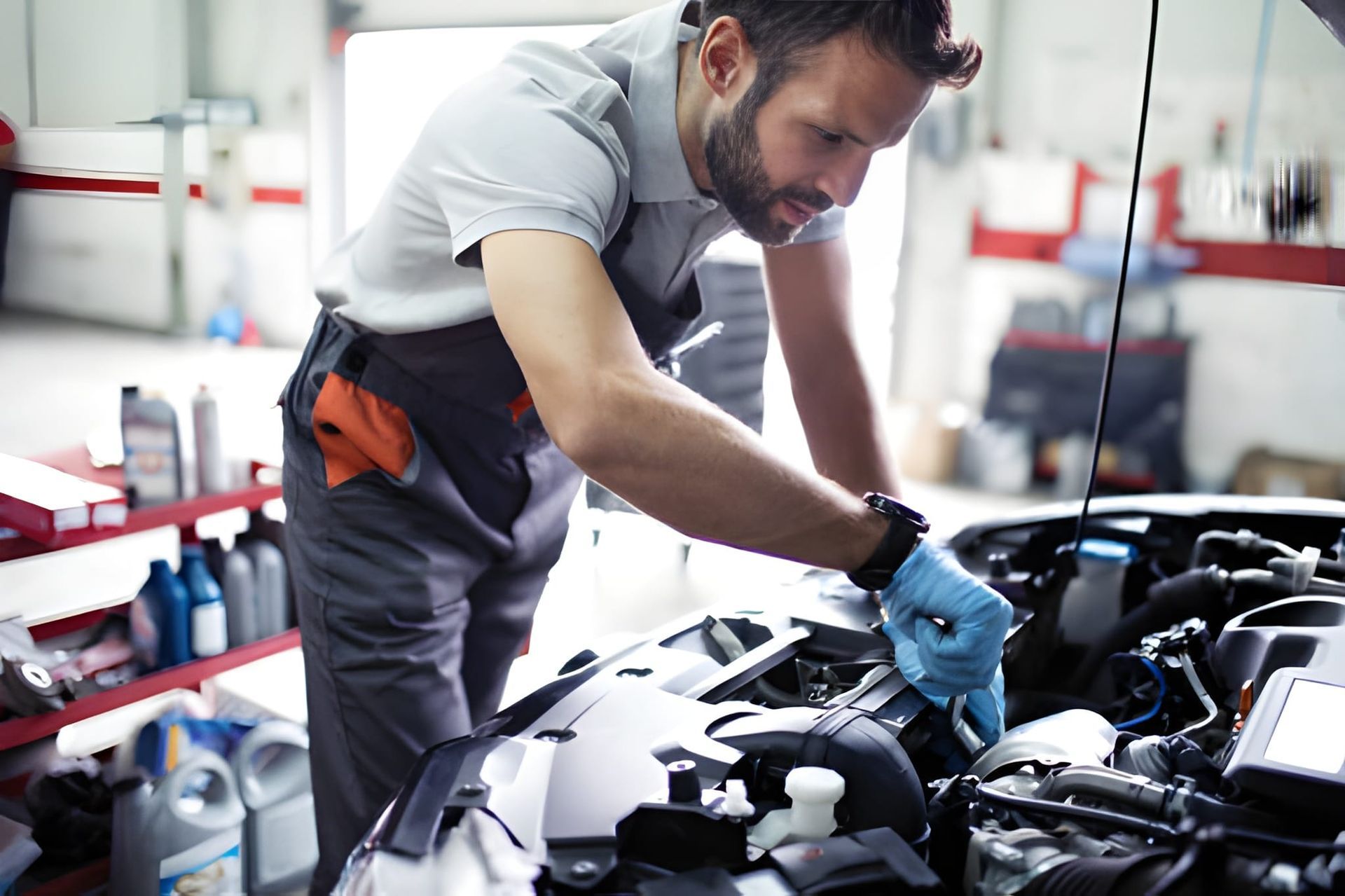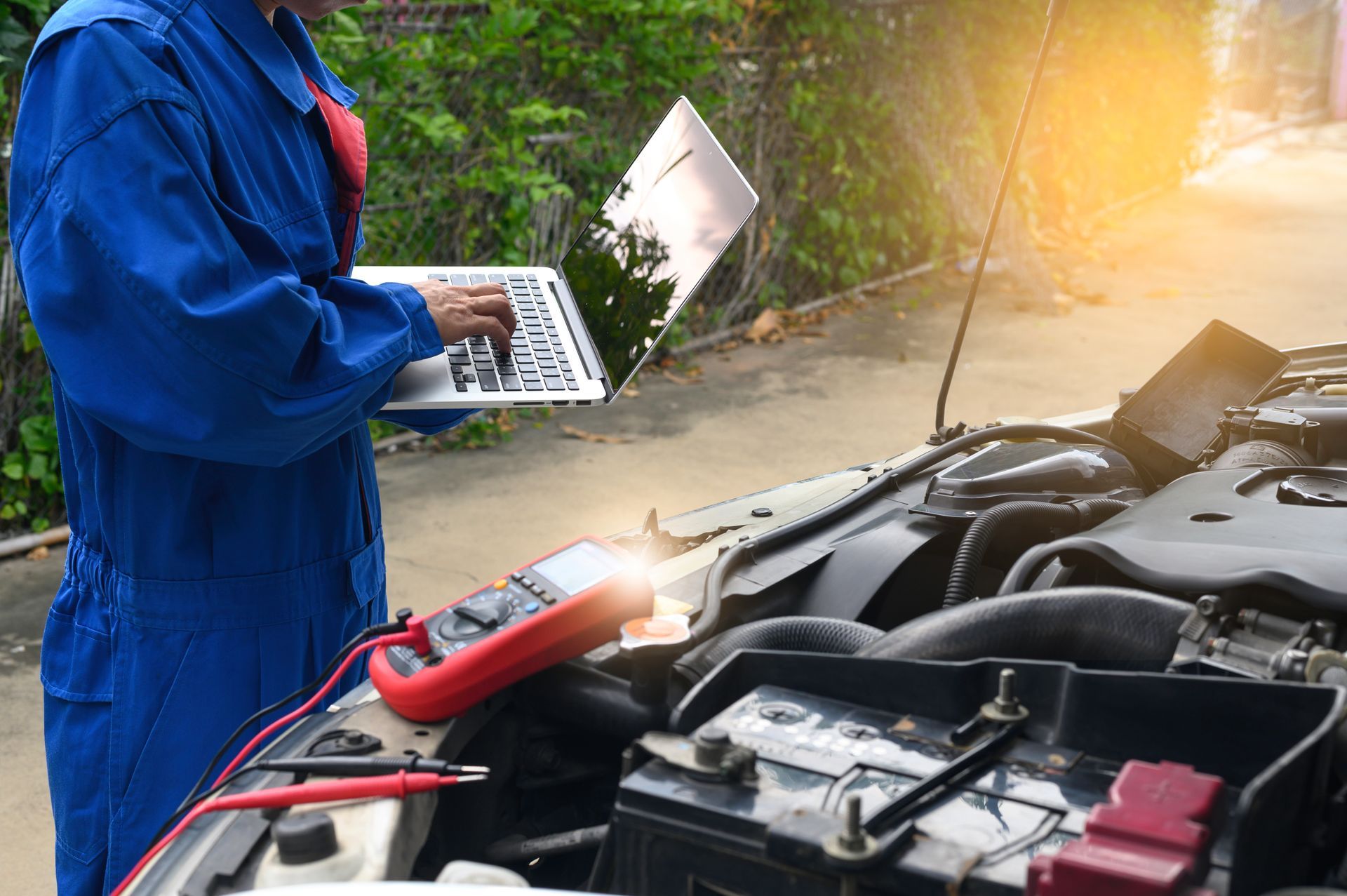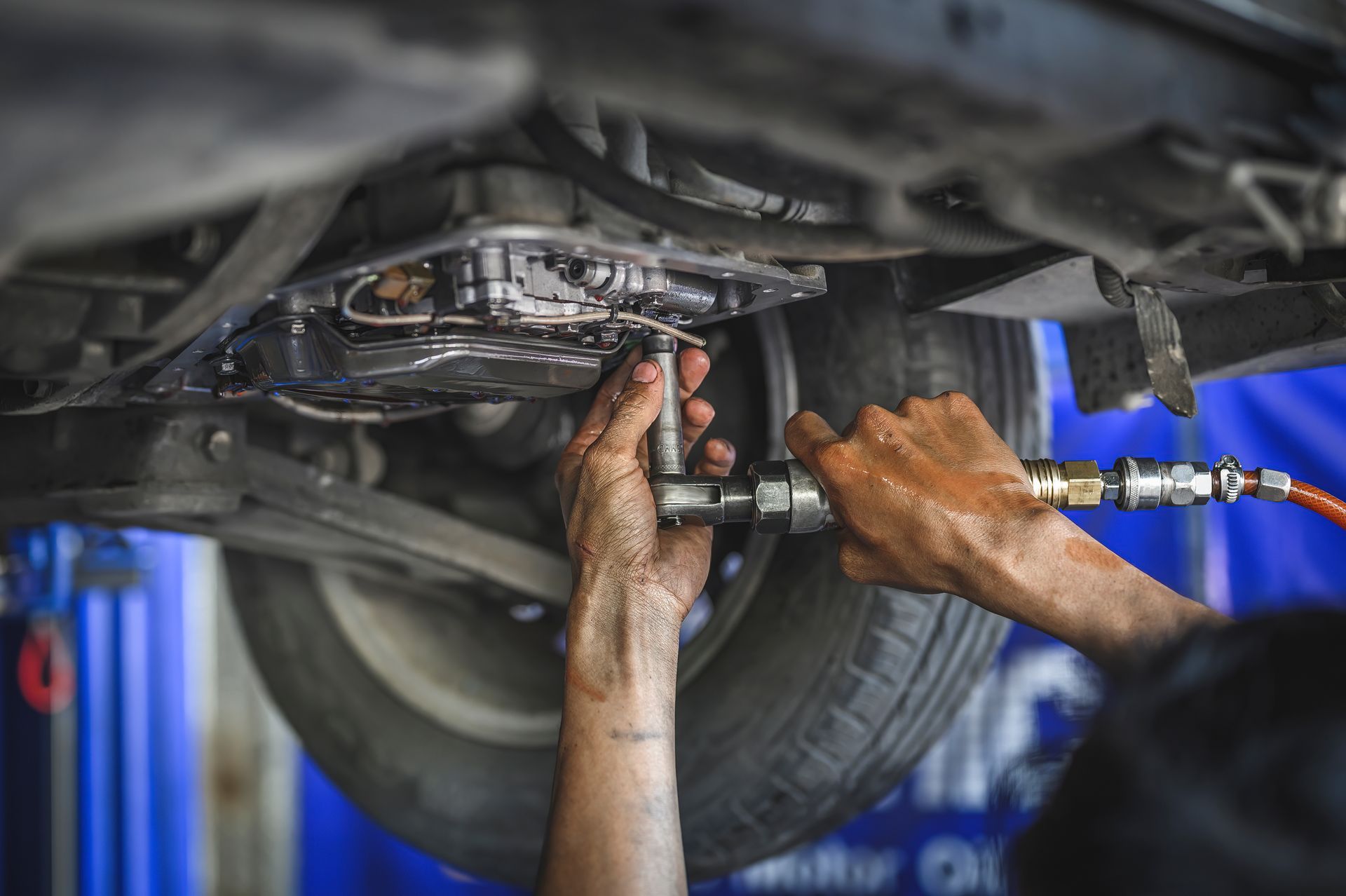Your vehicle’s braking system is designed to work with hydraulic pressure. When you press the brake pedal, brake fluid travels through the brake lines, transferring that force to the calipers or wheel cylinders that apply the brakes. If air enters the brake lines, it disrupts this process, leading to reduced braking performance and unsafe driving conditions.
Knowing the signs of air in your brake lines can help you act quickly and restore your braking system to full strength.
1. Spongy or Soft Brake Pedal
One of the most common signs of air in the brake lines is a brake pedal that feels soft, mushy, or spongy when pressed. Normally, the pedal should feel firm, with immediate resistance as soon as you press it.
Air bubbles compress under pressure, unlike brake fluid, which is incompressible. This compression causes the pedal to sink more than normal before the brakes engage, reducing your confidence and control when stopping.
2. Longer Stopping Distances
Air in the brake lines can make it harder for the braking system to apply full force to the brake pads or shoes. This results in your vehicle taking longer to stop, even when you press the pedal firmly.
If you find that you need to press the brake pedal earlier than usual to stop in time, it’s important to have your brakes checked immediately. Longer stopping distances can be dangerous, especially in emergency situations.
3. Brake Warning Light
Some modern vehicles are equipped with sensors that monitor brake system performance. If the system detects a problem such as low brake fluid or inconsistent pressure, it may trigger the brake warning light on your dashboard.
While this light can signal other issues, air in the brake lines is one possibility—particularly if it appears alongside other symptoms like a soft pedal.
4. Poor Braking Response
When air is present in the brake lines, the brakes may feel less responsive. You might notice that you have to press the pedal harder to achieve the same stopping power, or that the brakes take longer to “bite” after pressing the pedal.
This delayed braking response can make it difficult to drive with confidence, especially in traffic or during quick stops.
How Air Gets into Brake Lines
Air can enter the brake lines for several reasons:
- Brake fluid leaks from worn hoses, fittings, or calipers.
- Improper brake fluid replacement or repairs without proper bleeding.
- Low brake fluid level, which can allow air to be drawn in.
Even small amounts of air can cause noticeable changes in braking performance.
Why Bleeding the Brakes Is Necessary
The process of removing air from the brake lines is called bleeding the brakes. This involves forcing brake fluid through the lines until all air bubbles are expelled.
Bleeding the brakes requires the right tools and knowledge of your vehicle’s braking system. A professional mechanic can ensure the job is done properly, restoring the brake pedal’s firmness and the system’s full stopping power.
Don’t Delay Brake Repairs
Driving with air in the brake lines reduces braking performance and increases the risk of accidents. Because brakes are your car’s most important safety feature, any changes in how they feel or perform should be taken seriously.
Ignoring the problem can also cause additional wear to braking components, such as the master cylinder or ABS system, leading to more expensive repairs down the road.
Brake Service at The Garage Automotive Solutions in Greeley, CO
If your brake pedal feels soft, your stopping distances are increasing, or you suspect air in your brake lines, The Garage Automotive Solutions in Greeley, CO can help. Our skilled technicians can inspect your braking system, identify the cause, and bleed the brakes to restore firm, responsive stopping.
Schedule your brake inspection today and drive with confidence knowing your brakes are working exactly as they should.
